There are not many places on Earth where travellers can surf world-class waves in the morning, have a close encounter with an elephant at lunchtime and be back in the water by mid afternoon. Arugam Bay, on Sri Lankaa??s eastern coast, is one such place, and since the countrya??s civil war ended three years ago, the small town has been busier than ever a?? despite how hard it is to get to.
Other than a highway from Colombo, the capital, to Galle, a city in the south, most of Sri Lankaa??s roads remain practically as they were in the 1950s a?? which means narrow, dual carriageways shared by everyone, including cyclists, buses and trucks. As such, the coast-to-coast haul from Colombo to Arugam Bay by public bus is a 400-rupee, 320km journey that takes nearly 12 hours. It is hot, uncomfortable, occasionally terrifying and utterly worthwhile.
On a recent trip, a young man with an AK-47 boarded the noisy bus and prodded the barrel of his assault rifle into the belly of a middle-aged woman. Rather than panic and scream, she politely asked him to refrain, and the young man, a soldier in the Sri Lankan army, looked a bit embarrassed and apologised. The weapon, hanging from his shoulder, had accidentally prodded the woman as he leaned forward to stow his luggage in the cramped overhead compartment.
Well-marked busses leave frequently from the Bastian Mawatha Bus Terminal in Colombo. Alternatively, visitors can make the journey by taxi, which will take less time and has the added bonus of privacy and air-conditioning, but will cost about 16,500 rupees.
Once you get to Arugam Bay, there is not much to do.
The town a?? nicknamed Buy allegra 60 mg a??A Baya?? by locals a?? is basically a thin strip of road with bars and restaurants frequented by young surfers and partygoers, a smattering of places to stay, a few surf shops and not much else, but travellers are lured by the excellent food on offer, easy access to exotic wildlife and waves that are widely regarded as some of the countrya??s best. It seems like a place on the cusp of something, which, in a way, it is. Many of the local tourism operators, tuk-tuk drivers and restaurant staff say that 2012 has been the busiest year yet.
The hometown surfers have grown up on Arugam Baya??s many breaks, and run the towna??s surf shops and schools. Safa surf shop (Main Street; 94-779-552-268) has a wide range of boards for hire, from high-performance shortboards for the more experienced, to large, stable longboards for beginners. The owner, Fawas Lafeer, or another of Safaa??s friendly, competent instructors can recommend the best board to suit a visitora??s level of experience.
The next morning, as the sun was just hauling itself over the horizon, Lafeer and I decided to test out Arugam Baya??s main surf break, Main Point. As the rising sun cast an amber haze over the spray, a quick walk fromA?Rangaa??s Beach Hutbrought us to the break a?? a fantastically easy-to-surf right-hand wave, breaking over a fairly soft reef before wrapping around the point, where it got smaller and easier for the less experienced surfers in the line-up. On a good day, rides of 500m are not uncommon. As can be expected with famous breaks such as this, the crowds were out a?? much of it made up with Italian and Israeli surfers.
For the crowd-averse, or those wanting smaller waves, there are other options within, at most, a 30-minute half-hour tuk-tuk ride of Arugam Bay. Pottuvil Point, an 8km drive north, is a lot smaller and easier on the learners. Whiskey Point, about 14km north, offers more high-quality waves than Pottuvil Point, fewer crowds and is the number one party beach on a Friday night. Peanut Farm, located 6km south of Arugam Bay, offers small waves similar to Pottuvil Point, and Crocodile Rock, 8km south of Arugam Bay, is another ideal spot for novices. It is named after the reptiles which frequent the beacha??s lagoon (thankfully far from the surfera??s waves), and any tuk-tuk driver worth their salt will know the best time to catch the crocs bathing.
To get up close to the wildlife, visitors can opt for aconventional safari — or ask a tuk-tuk driver to lead the way. Sadid, a middle-aged local tuk-tuk driver, took me to a collection of flat rocks covered in white stains near Crocodile Rock. A a??crocodile toileta??, he said.
Since the creatures remained hidden, Sadid commandeered a thin canoe and we paddled into the lagoon to take a closer look. Across the water, a small herd of elephants, two adults and a child, emerged from the brush, and closer to the canoe, a herd of water buffalo lay all but submerged in the bleary green waters, escaping the late morning sun.
Sadid knew a spot further inland that was virtually guaranteed to be teeming with crocodiles. Turning off the main drag, Pottuvil-Panama Road, we dustily bounced west through the countryside past dried-up rice paddies; the only other people in the area were two soldiers at a military outpost. While one carried the usual Kalashnikov rifle, the other, unnervingly, brandished a shiny six-inch blade. Fortunately, as they sauntered up to the tuk-tuk, the soldier produced an apple and stripped off a few slices before waving the tuk-tuk on with a big smile a??Aah, crocodiles! That way!a??
The track bent around a large muddy basin framed with white-stained rocks. What seemed like submerged logs clogging the water were, in fact, crocodiles. Some basked on the shore, including a huge beast around 4m long. Having seen enough wildlife for the day, we turned back, but just as Sadid was explaining the danger of elephants in the wild, a full-size adult crashed out of the thin scrub to the side of the dirt track, 3m tall and close enough for its loud trumpeting to ring through the vehicle, making Sadid yell and focus intently on squeezing every last horsepower out of the tuk-tuka??s tiny engine. It was a lot closer a?? and a lot more dangerous a?? than a conventional jeep safari.
Back in the safety of easygoing Arugam Bay, there was still time to calm the nerves over lunch and squeeze in an afternoon surf before a few rounds of Lion beer and arak atMambos CafA?, where Main Pointa??s crashing waves are drowned out by the club music booming through the sound system. Fortunately, a day like this is not a rare occurrence in Arugam Bay.
Where to eat
Gecko CafA? offers completely natural homemade fare, everything from western breakfasts to local curries.
TheA? Order accutane without prescription Green Room has cheap, fresh seafood every day, relaxing decor and laid-back indie tunes.
Where to stay
Mamboa??s is one of the nicer places to stay in Arugam Bay. It is a bit pricey but the expansive bar area is the place to go on a Saturday night. The hotel, which offers three guesthouse rooms, three beach bungalows and four luxury beach bungalows, overlooks Main Point.
Rangaa??s Beach Hut, a small accommodation with less than a dozen rooms, is quite affordable, and you can watch the surf from its sand-floored restaurant.
Text by A?Kieran Nash (published online 17/01/2013 without a relevant photo)
Photos by www.arugam.info (for illustration purposes. taken 17/01/2013 )
source:
http://www.bbc.com/travel/feature/20130111-riding-sri-lankas-new-wave/1
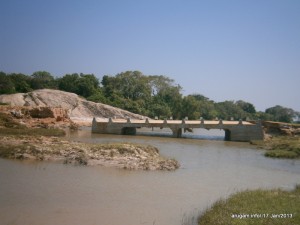
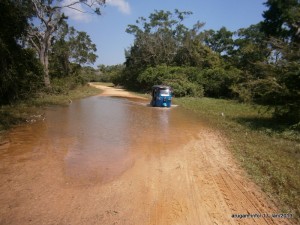
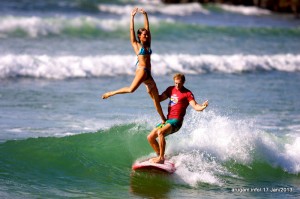
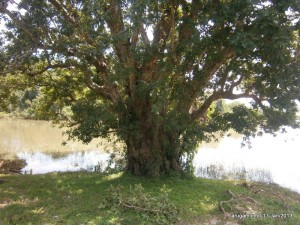
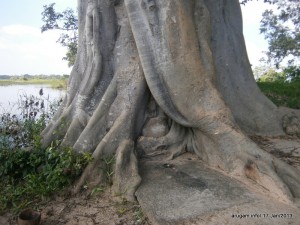
 Arugam Forum
Arugam Forum Arugam Photo Galleries on Picasa
Arugam Photo Galleries on Picasa Old Website
Old Website Press Coverage
Press Coverage Surf Forecast for Arugam Bay
Surf Forecast for Arugam Bay
0 Responses to “Riding (Arugama??s) new wave”